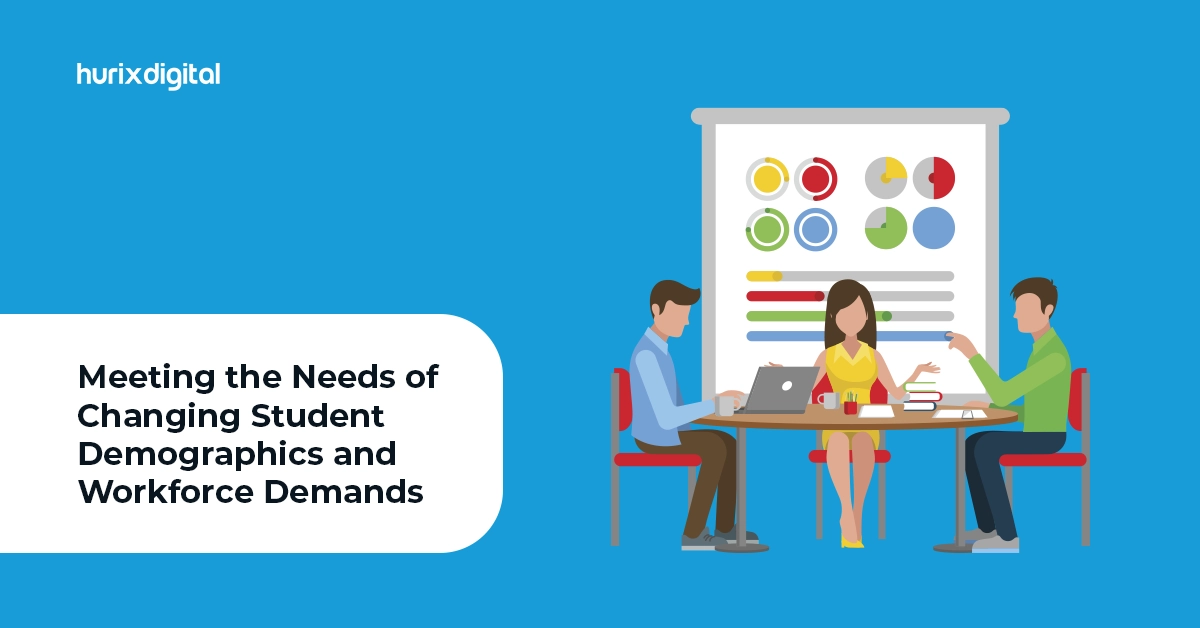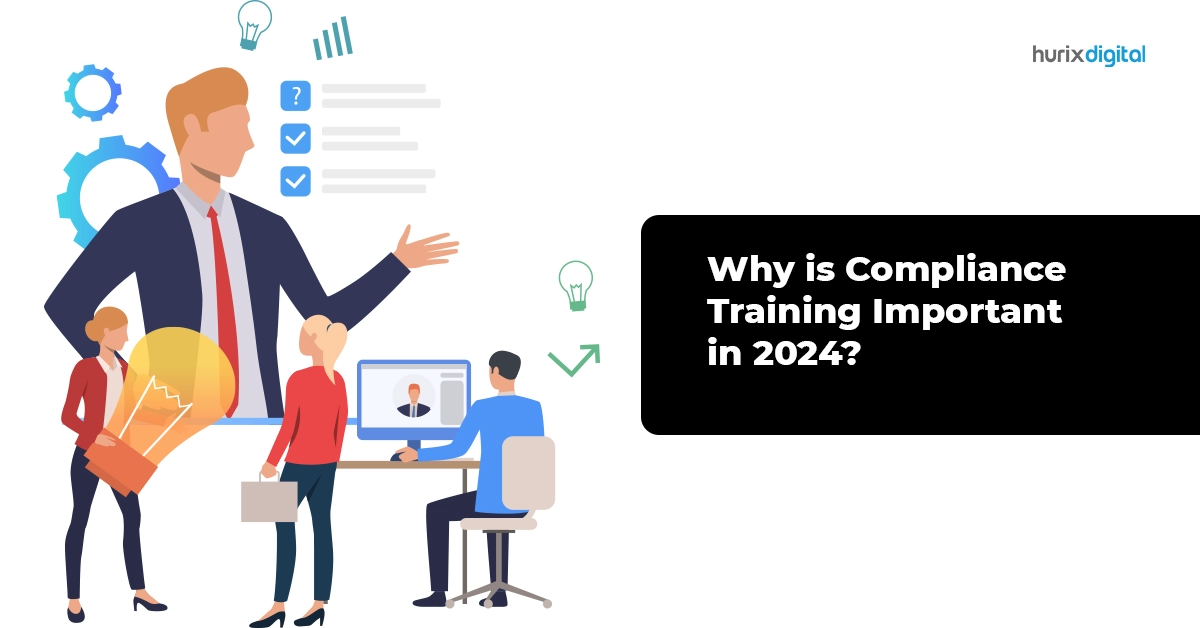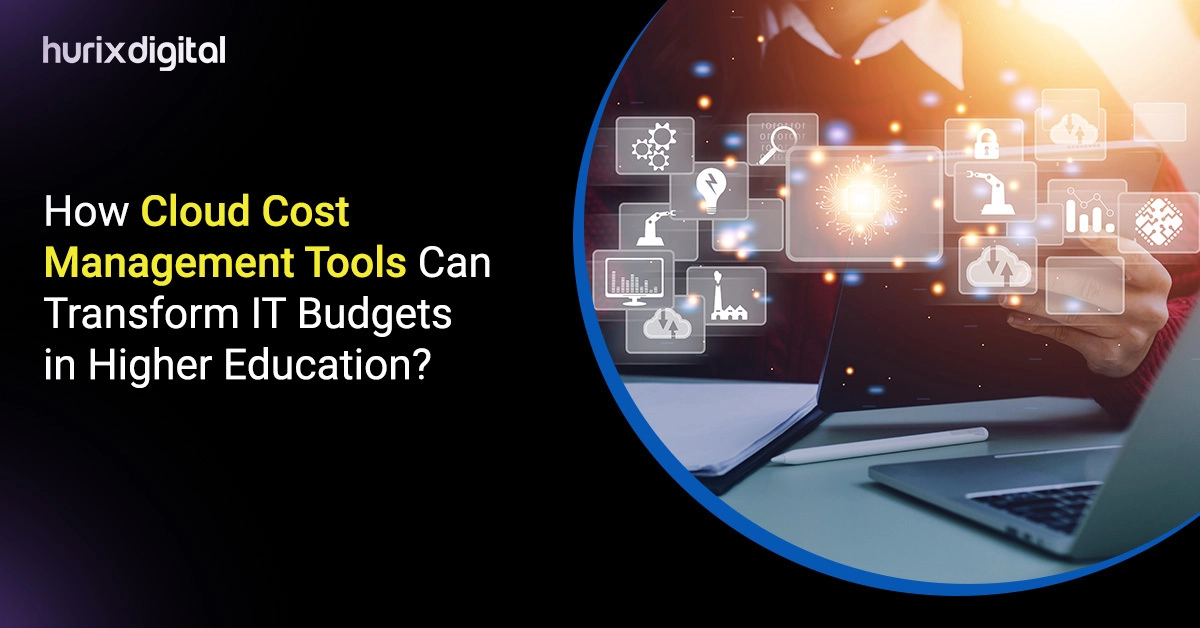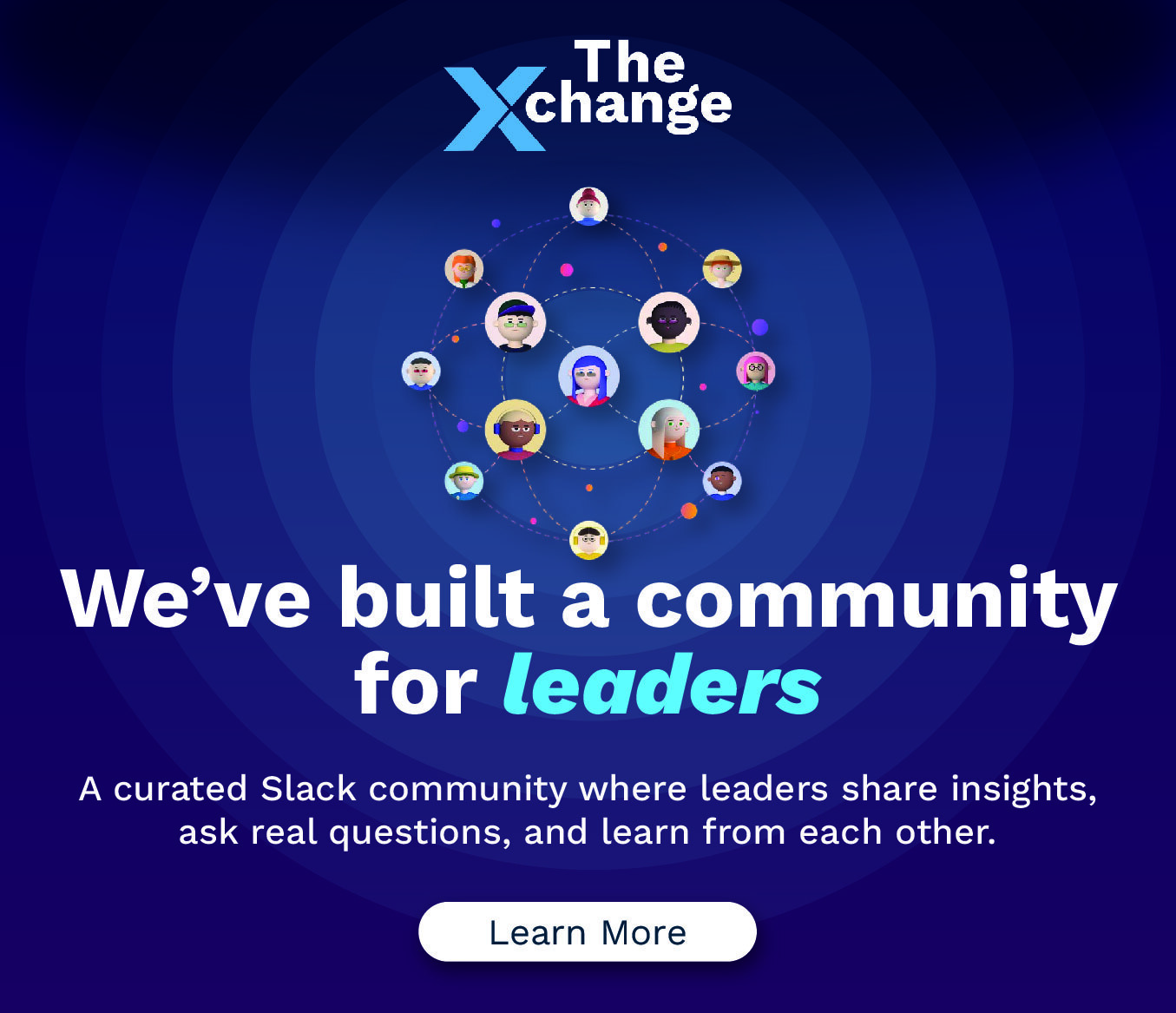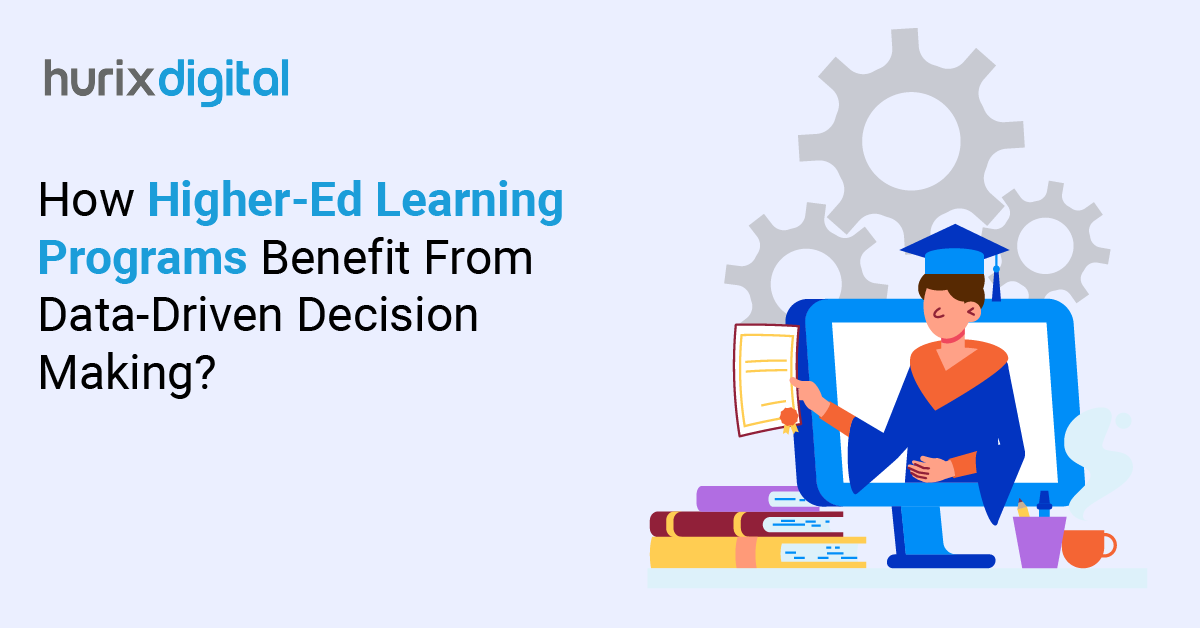
How Higher-Ed Learning Programs Benefit From Data-Driven Decision Making?
Summarize with:
Data is the backbone of institutional success today. In the higher education industry, data-informed decisions benefit not only the institutions but also the students.
Data-driven decision-making in a higher-ed learning program refers to the process of collecting student and institute data to derive key insights that help add value across the education lifecycle.
The higher education analytics capabilities of technology empower educators to create more impactful curricula that are inclusive and more value-enhanced for the students while being affordable for the institutions as well.
This article will provide a detailed overview of how educational data analysis can help optimize learning programs.
Table of Contents:
- The Motivation Behind Data-Driven Decisions in Higher-Ed Learning Programs
- How Data-Driven Decision-Making Enhances Higher Education
- Implementing Data-Driven Decision-Making in Higher Education
- Leveraging Technology to Empower Decision-Making in Higher Education
The Motivation Behind Data-Driven Decisions in Higher-Ed Learning Programs
The role of data-driven decision-making is crucial in a higher-ed learning program because it empowers the institutions to:
- Optimize Resource Use: Software that collects institutional data is able to deliver reports on resource allocation, which helps gain better visibility into how an institution spends money.
- Improve Institutional Effectiveness: The insights collected from across the institution enhance visibility into daily events and activities. This data is crucial for better school planning.
- Facilitate Faculty Development: In addition to providing better education and opportunities for students, data helps educators and staff identify L&D opportunities and improve.
- Ensure accreditation and compliance: Accessible data and insights can help institutions better plan and execute their accreditation and compliance activities.
- Achieve Operational Efficiencies: Data provides better visibility into daily processes at an institutional level, which helps improve them and enhance overall efficiencies.
Also Read: Top 5 Data Modernization Strategies for Higher Education
How Data-Driven Decision-Making Enhances Higher Education
A higher education institution generates various types of data, like student data, assessment data, staff data, curriculum data, attendance records, LMS data, etc. When all of this data is collated and processed through analytics and organization software, the resulting insights can provide a new outlook and perspective to improve education overall:
1. Enhanced Transparency
An educational institution is comprised of multiple departments, including administration, teaching, assessments, accounting, etc. When these departments function in siloed environments, the flow of information between them is greatly restricted.
The restriction in data flow causes bottlenecks in the internal processes of the educational system, which then leads to inefficiencies and errors.
Implementing data gathering and analysis software helps gather, collate, and analyze data from various departments on a single screen. The school administration then gets a bird’s eye view of all the processes and their results, leading to enhanced transparency.
2. Accountability
By complementing a higher education institution’s internal processes with data processing software, it is possible to improve the accountability of each department. Greater visibility into the institution’s processes and systems reveals the relationship between the decisions made and the corresponding progress achieved.
Any disconnect or delays that occur due to uninformed or hasty decisions become clearly visible in the data insights, highlighting the exact aspect that needs improvement. Various departments at a school can thus be made accountable for the decisions they make, helping also to reduce whim-based or hasty decisions.
3. Institutional Alignment
For enhancing efficiencies, every stakeholder must have access to the same datasets for their decisions to be truly impactful. The process of collating institutional data at a single place for analysis and extraction of insight creates a single source of truth that the entire establishment can refer to.
A single point of reference is crucial to helping various departments align their decision-making toward the institution’s common goal.
4. Improved Revenue
While the primary focus of educational institutions is to disseminate knowledge, it is important to consider the revenue aspect as well so that educational initiatives can be well-funded.
Studying institutional data can help administrators uncover new areas and opportunities to create revenue streams to fund education, staff, and faculty. Some key metrics that schools can track for this purpose are enrolment yield and alumni reviews.
5. Competitive Advantage
In a world where the quality of education determines the success of a student, it is important to equip your institution with a value or a USP that can give you a competitive edge.
Analyzing the data from other institutions (by gathering it from the public internet) can help you understand the exact ways in which your services and education stand out from the rest. It can further help you get more enrolments and brighten the future of more students.
Implementing Data-Driven Decision-Making in a Higher Ed Learning Program
For institutions deciding to implement data-driven decision-making for enhancing institutional efficiencies and education effectiveness, there are several guidelines to follow for best impact:
1. Set Goals
Without goals, no venture can succeed or be fruitful. Get all the stakeholders on board and decide on what you wish for your institutional data to achieve for education. You can leverage the SMART (Specific, Measurable, Achievable, Relevant, Time-bound) methodology to set goals for your data initiatives.
2. Cultivate a Data Culture
In the digital world of today, it is important to establish a data culture where every individual who uses a device is familiar with how to handle the data they are creating or using. You may need to train your staff and faculty in technologies and software.
3. Onboard Leadership
The people residing at the top of the institution’s food chain need to be on board with the idea of this transformation. It is through the encouragement of the leaders that all the downstream and cascading processes can find direction and momentum.
4. Plan a Realistic Timeline
A goal without a timeline is just a dream. When setting your goals, break them down into achievable tasks, such as the implementation of new software, migrating and cleaning the data, etc., to get an idea of the time required for each task.
5. Invest in the Right Platform
The most crucial aspect of implementing data-driven decision-making is to select the right software for the purpose. You should have access to real-time analytics, integration friendliness, data visualizations, and automated data entry for best results.
Also Read: Holistic Approaches to a Student-Centered Approach and Equity in Higher Education
Leveraging Technology to Empower Decision-Making in Higher Education
When implementing data-driven decision-making strategies, it is the technologies you use that have the most impact on the results. In this regard, Hurix Digital can be your dedicated edTech solutions provider to optimize your higher-ed learning program. It offers technologies that focus on enhancing education delivery and institutional success.
You get access to AI-powered tools that help you do more with your educational data analysis. It is easy to optimize learning programs with Hurix Digital’s higher education and K12 solutions like assessment services, staffing solutions, editorial services, and more.
To explore how Hurix Digital can equip you with data-driven solutions, connect with us today!
Summarize with:

Senior Vice President
A Business Development professional with >20 years of experience with strong capability to sell new solutions and develop new markets from scratch. New Market Entry Specialist with experience working in the largest emerging markets. Exceptional experience in conceptualizing, ideating and selling new learning technologies like VR AR, etc. across multiple industry verticals.
 A Space for Thoughtful
A Space for Thoughtful 
